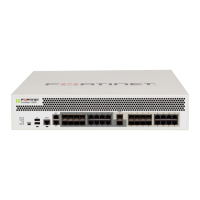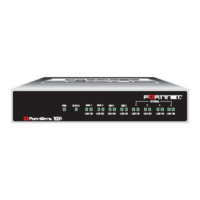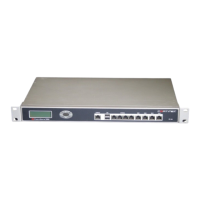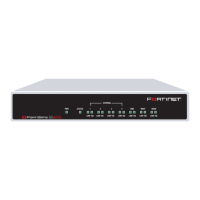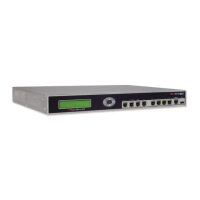Firewall Configuring protection profiles
FortiGate-100A Administration Guide 01-28006-0068-20041105 227
The following options are available for content archive through the protection profile.
Configuring protection profiles
To add a protection profile
If the default protection profiles do not provide the settings you require, you can create
custom protection profiles.
1 Go to Firewall > Protection Profile.
2 Select Create New.
3 Enter a name for the profile.
4 Configure the protection profile options.
5 Select OK.
To delete a protection profile
1 Go to Firewall > Protection Profile.
2 Select the Delete icon beside the protection profile you want to delete.
3 Select OK.
To edit a protection profile
1 Go to Firewall > Protection Profile.
2 Select the Edit icon beside the protection profile you want to modify.
3 Modify the profile as required.
4 Select OK.
To add a protection profile to a policy
You can enable protection profiles for firewall policies with action set to allow or
encrypt and with service set to ANY, HTTP, FTP, IMAP, POP3, SMTP, or a service
group that includes these services.
1 Go to Firewall > Policy.
2 Select a policy list to which you want to add a protection profile.
For example, to enable network protection for files downloaded from the web by
internal network users, select an internal to external policy list.
Archive content
meta-information
Enable or disable archiving content meta-information to a FortiLog
unit for each protocol. Content meta-information can include date
and time, source and destination information, request and response
size, and scan result. Content archive is only available if FortiLog is
enabled under Log&Report > Log Config > Log Settings.
Note: If both Virus Scan and File Block are enabled, the FortiGate unit blocks files that match
enabled file patterns before they are scanned for viruses.
Note: To change the one-time schedule name you must delete the schedule and add it with a
new name.
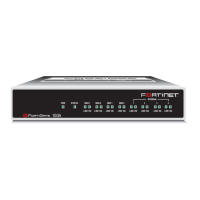
